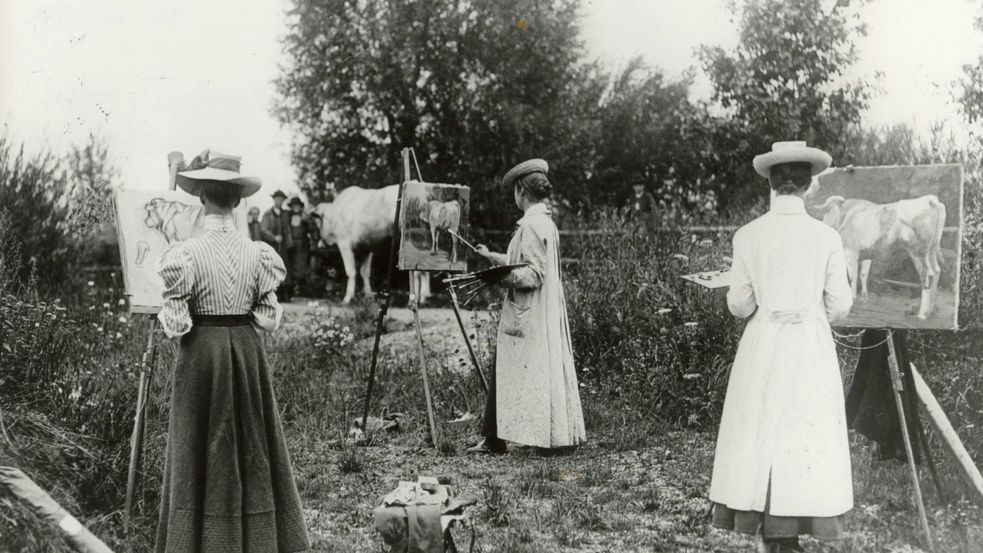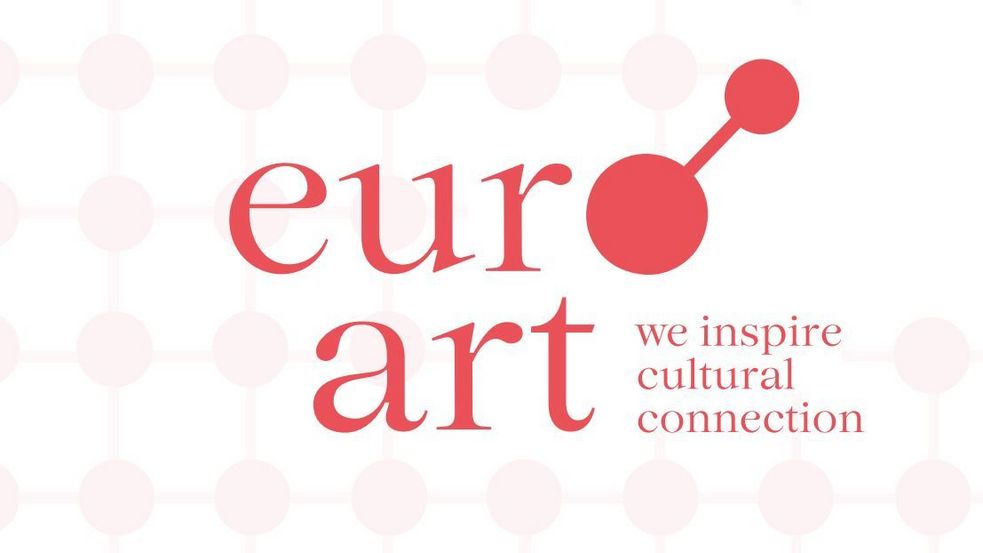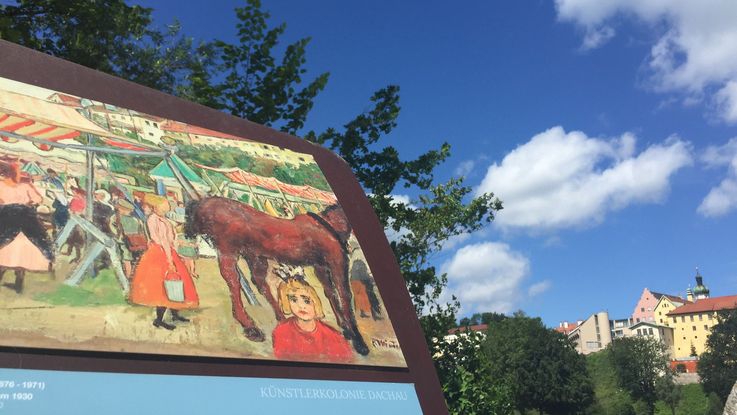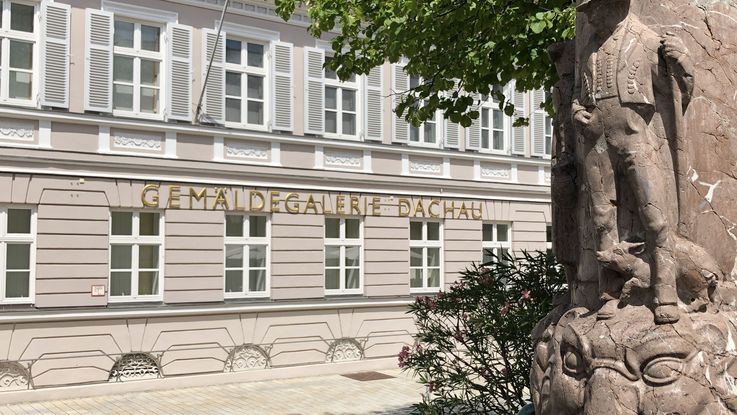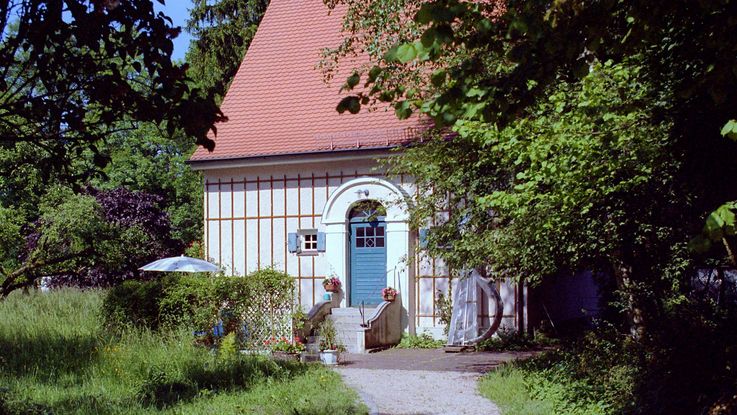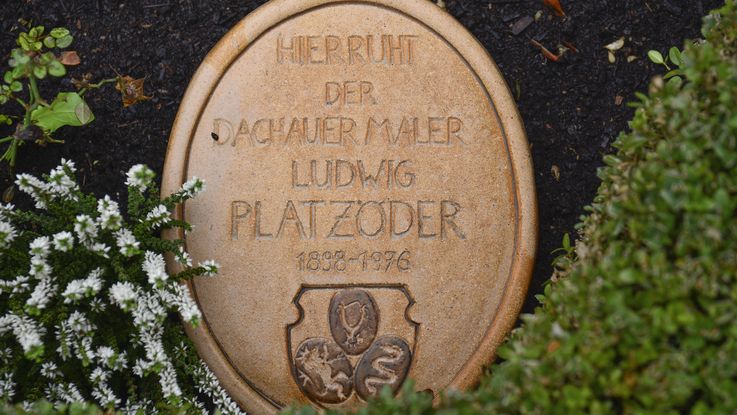In the late 19th century Dachau became a popular destination for landscape painters. These had a great influence on Dachau's life, cultivated and transmitting the customs of the region and seeking to preserve the beauties of architecture and nature. At that time, it is said that every tenth inhabitant was a painter, including famous names such as Adolf Hölzel, Ludwig Dill and Arthur Langhammer. Carl Spitzweg and Lovis Corinth also came to Dachau from time to time and used the special light conditions in the Dachauer Moos in their plain-air paintings.
Women in particular were discovering painting in great numbers and enrolling for training at the private painting schools of Dachau. Before 1926 women were barred from attending the State Academy in Munich. Their works can today be seen at the Gemäldegalerie Dachau, (Dachau Painting Gallery).

